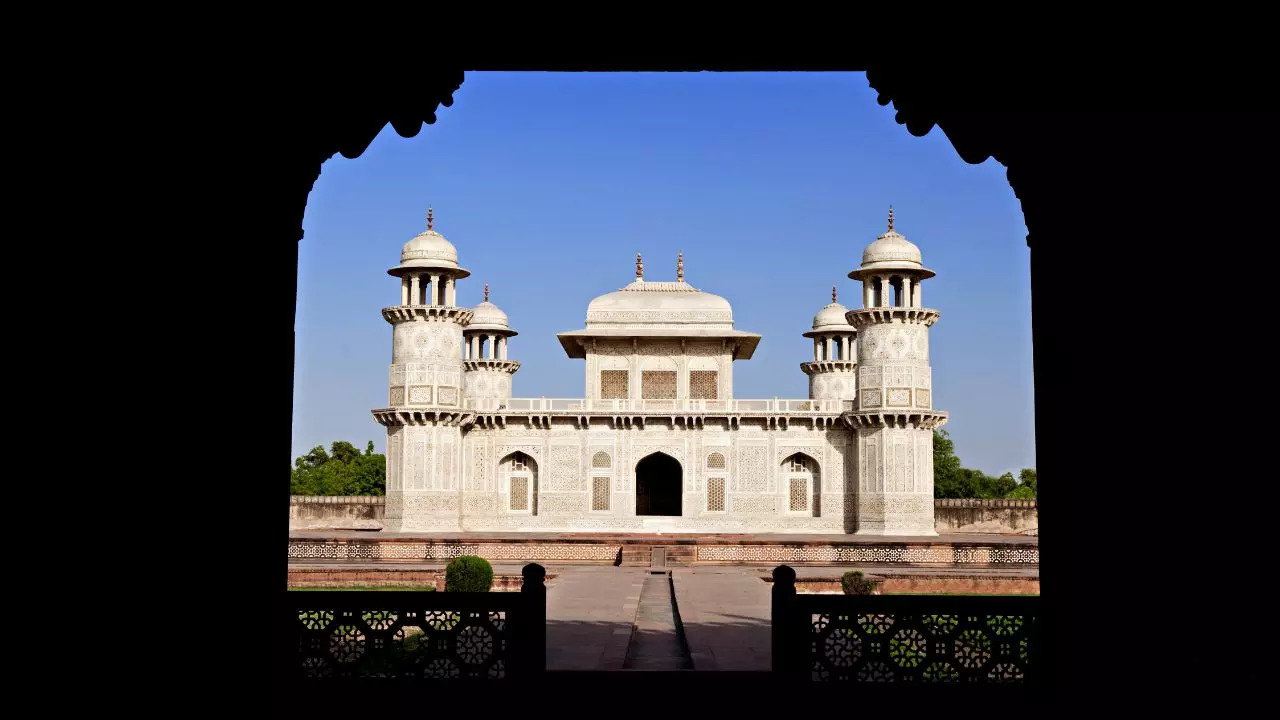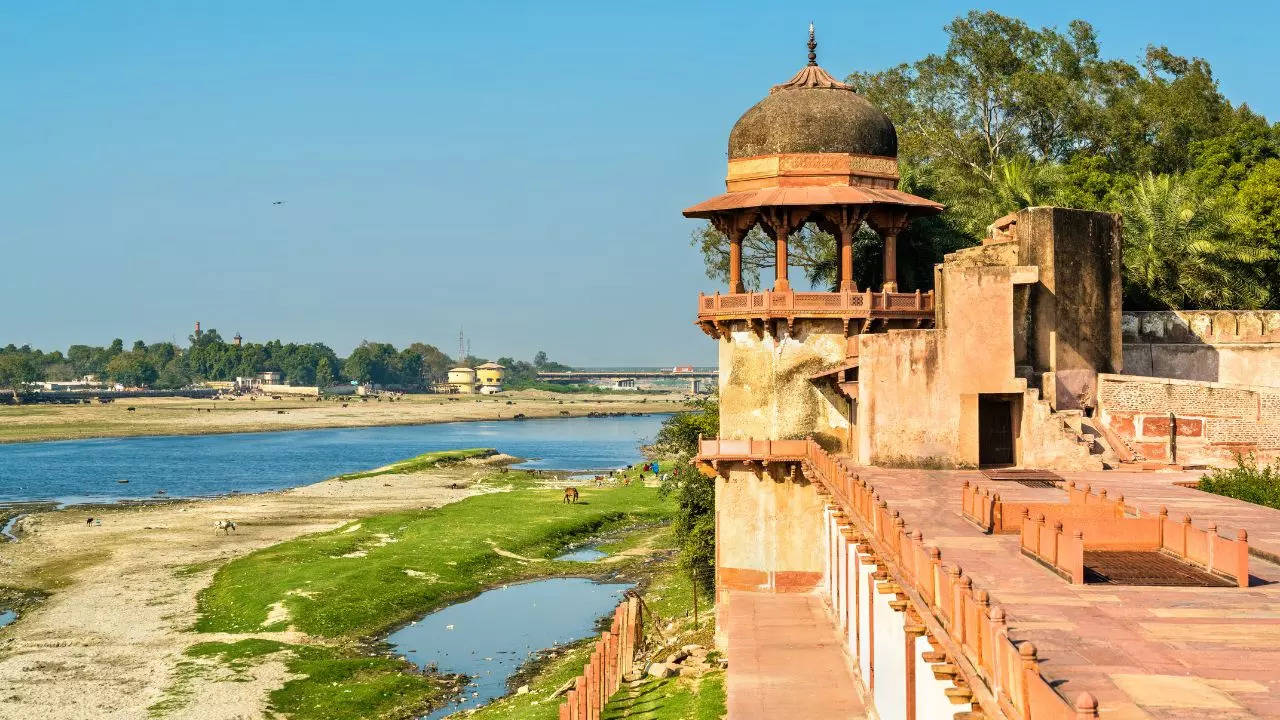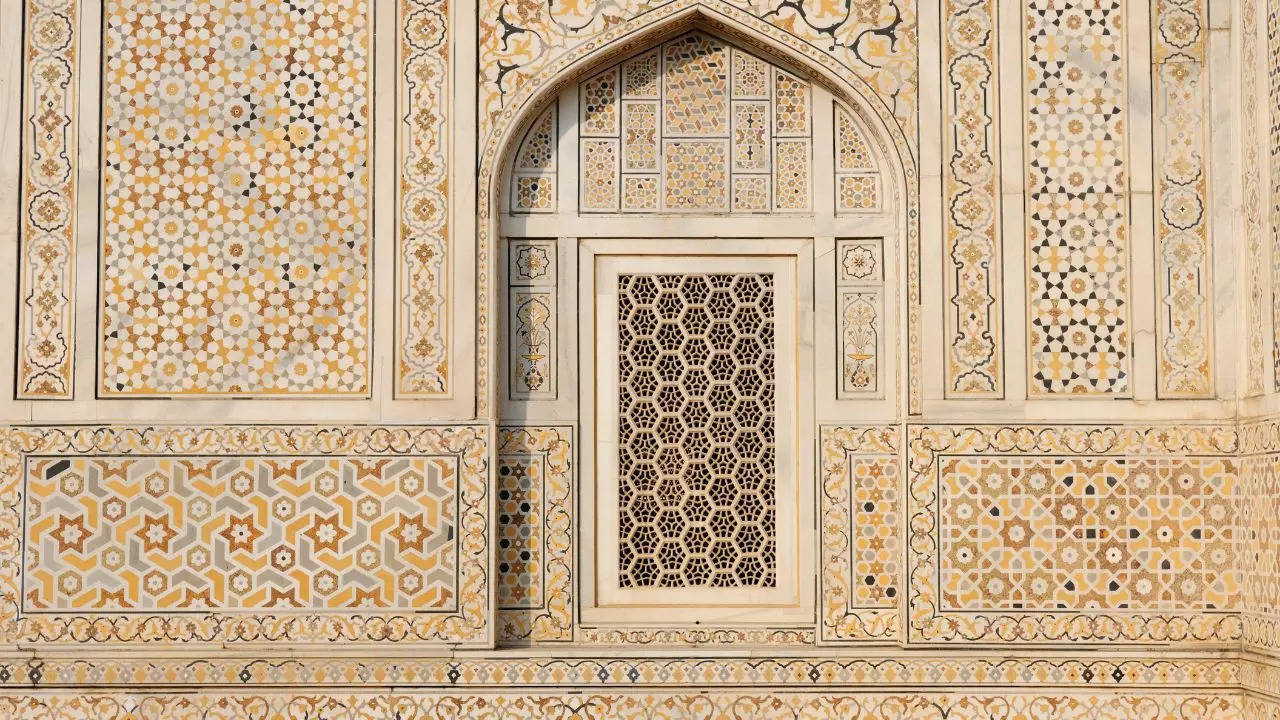
This hidden monument in Agra is often referred to as the “little Taj Mahal.” Credit: Canva
Agra It could be synonymous with the white mausoleum of Taj MahalBut there is another white marble wonder in the city that deserves to be on your bucket list, especially since it is believed to have inspired the architecture of the Taj Mahal. The Tomb of Itimad-ud-Daulah, affectionately called the “Baby Taj,” is a magnificent Mughal mausoleum located some distance away from the Taj Mahal. It serves as a precursor to the iconic Taj Mahal, showcasing the artistry and architectural brilliance that characterized the Mughal Empire.

The Story of Itimad-ud-Daulah
The ‘Baby Taj’ or Itimad-ud-Daulah, built in the early 17th century, was commissioned by Nur Jahan, the powerful empress and wife of the Mughal Emperor Jahangir, in honour of her father, Mirza Ghiyas Beg, who had been given the title of I’timad-ud-Daulah (pillar of the state). He died in 1622 in Agra, a few months after the death of his wife, who is also buried in this mausoleum, with its adjacent tombs.

For visitors to Agra, the mausoleum is a must-see attraction. It offers an insight into the rich history and artistic heritage of the Mughal period. Beyond the main building, the complex features several outbuildings and gardens. The tomb, built between 1622 and 1628, represents a shift from the early phase of Mughal architecture, characterized by red sandstone, to a later phase dominated by white marble and hard stone inlay, as exemplified by the Taj Mahal. The mausoleum is renowned for its intricate marble inlay work, which features floral motifs, geometric patterns, and calligraphic inscriptions. The central chamber houses the cenotaphs of Itimad-ud-Daulah and his wife, Khatun-un-Nissa, while the corner rooms hold tombstones of other relatives of Nur Jahan.

The Itimad-ud-Daulah complex is a smaller and more intimate structure than the Taj Mahal, but shares many of the same architectural elements. Its elegant design and exquisite craftsmanship reflect the opulence and grandeur of the Mughal Empire. Much of the structure’s architecture, such as the placement of tombs, marble inlay work, and delicate jali screens, is believed to have inspired its successor.
Disclaimer:
The information contained in this post is for general information purposes only. We make no representations or warranties of any kind, express or implied, about the completeness, accuracy, reliability, suitability or availability with respect to the website or the information, products, services, or related graphics contained on the post for any purpose.
We respect the intellectual property rights of content creators. If you are the owner of any material featured on our website and have concerns about its use, please contact us. We are committed to addressing any copyright issues promptly and will remove any material within 2 days of receiving a request from the rightful owner.
